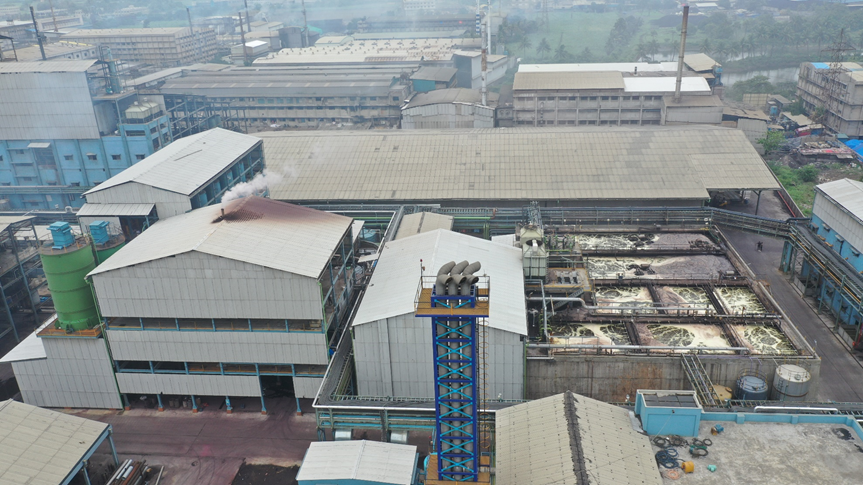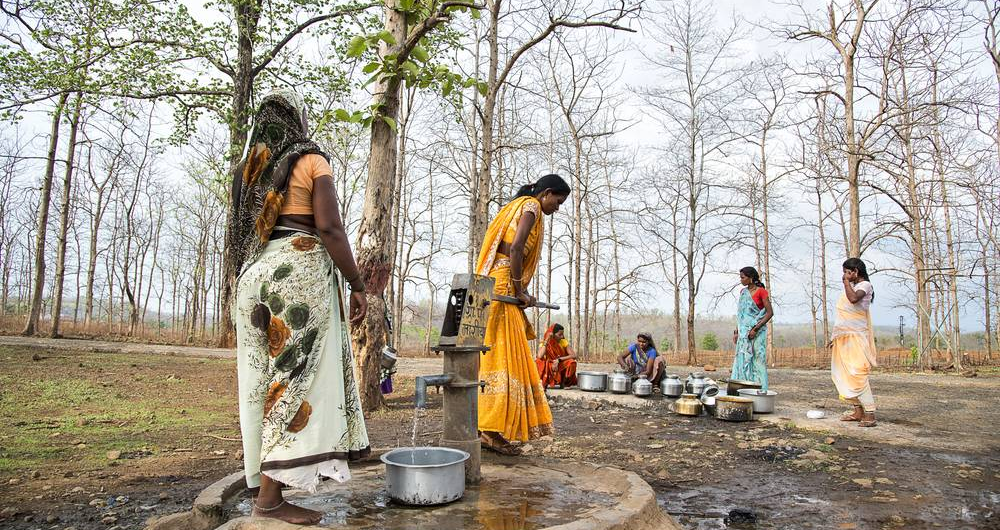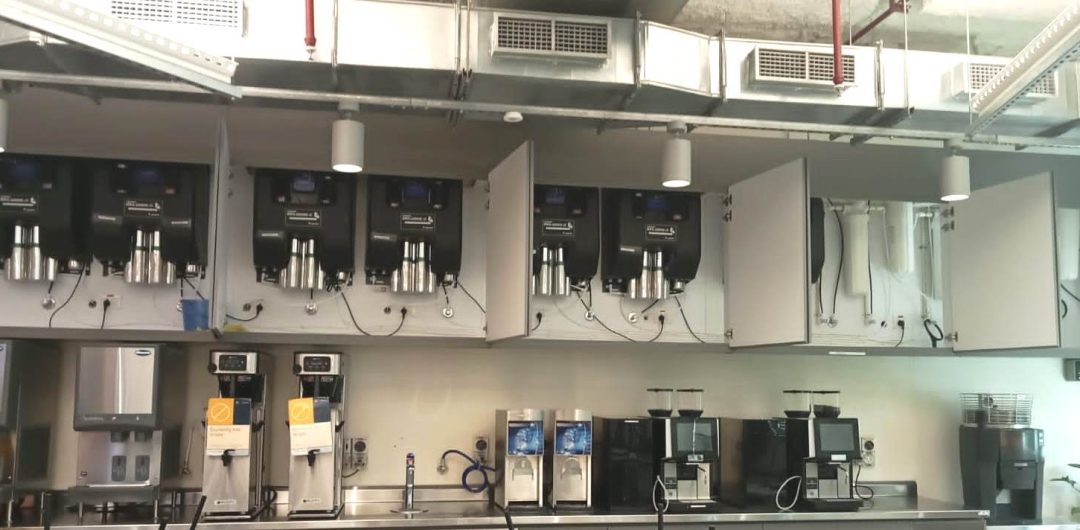By Aniruddha Bhattacharyya, Assistant Environmental Engineer, West Bengal Pollution Control Board
River Mahananda originates from a height of 2100 m at Paglajhora near Kurseong. Originally it was glacial fed but the Mahanada glacier vanished 100 years back. It travels around 360Km to reach Bangladesh to meet River Padma. This river is the main drinking water source of Siliguri. Siliguri being the second largest city of West Bengal has an active population of around 20 lakhs people and discharges the total sewer in to the river. In the lean season the dissolve oxygen fluctuates and causing death of fishes. Fishes generally die below 4 mg/l dissolve oxygen level of water. Problem: Report on Newspaper report of fish death at Mahananda River, Siliguri on 28.2.19 Following reports of fish mortality in the river Mahananda on 28.02.19, samples of the river water were collected on 1.3.2019 (station 1946 &2525). Heavy rains accompanied by short period of hailstorm had occurred on 28.02.19. However, no dead fishes were observed by us today (1.3.2019). Fishing was going on and we observed fishes of small and moderate size in the river as well as in the fisherman’s catch. The temperature of the Riverwater was 18 DegC. The Upstream on site DO was 5.4 mg/l. Samples were collected from the upstream and downstream NWQMP stations and sent for further analysis.
Analysis of results Mahananda is now is a spring fed and rain fed river. The flow reduces abnormally in the lean season that is NovApril. So is the dissolve oxygen level, while the quantity of sewer discharge remains same. WBPCB is analyzing the river water since long and results are given in website.
It can be seen that due to rapid urbanization the DO level reached minimum level in year Nov 16-April, 2017 and then the trend reversed. Though, the city of Siliguri is yet to come up with sewage treatment plant. Inferences 1. The trend is reversed due to enormous effort put up by Siliguri Regional Office, WBPCB in combating water polluting. Approximately 2000 KLD of effluent treatment/Sewage treatment capacity has come into play within last 2 (2018, 19) years in hospitality sector, housing sector and healthcare sector. Total sanitation movement with septic tank or twin pit has also contributed marginally 2. In spite of growing effluent load, the DO trend is increasing This speaks volume of WBPCB’s effort. 3. However the need for Municipal sewage treatment plant remains.





